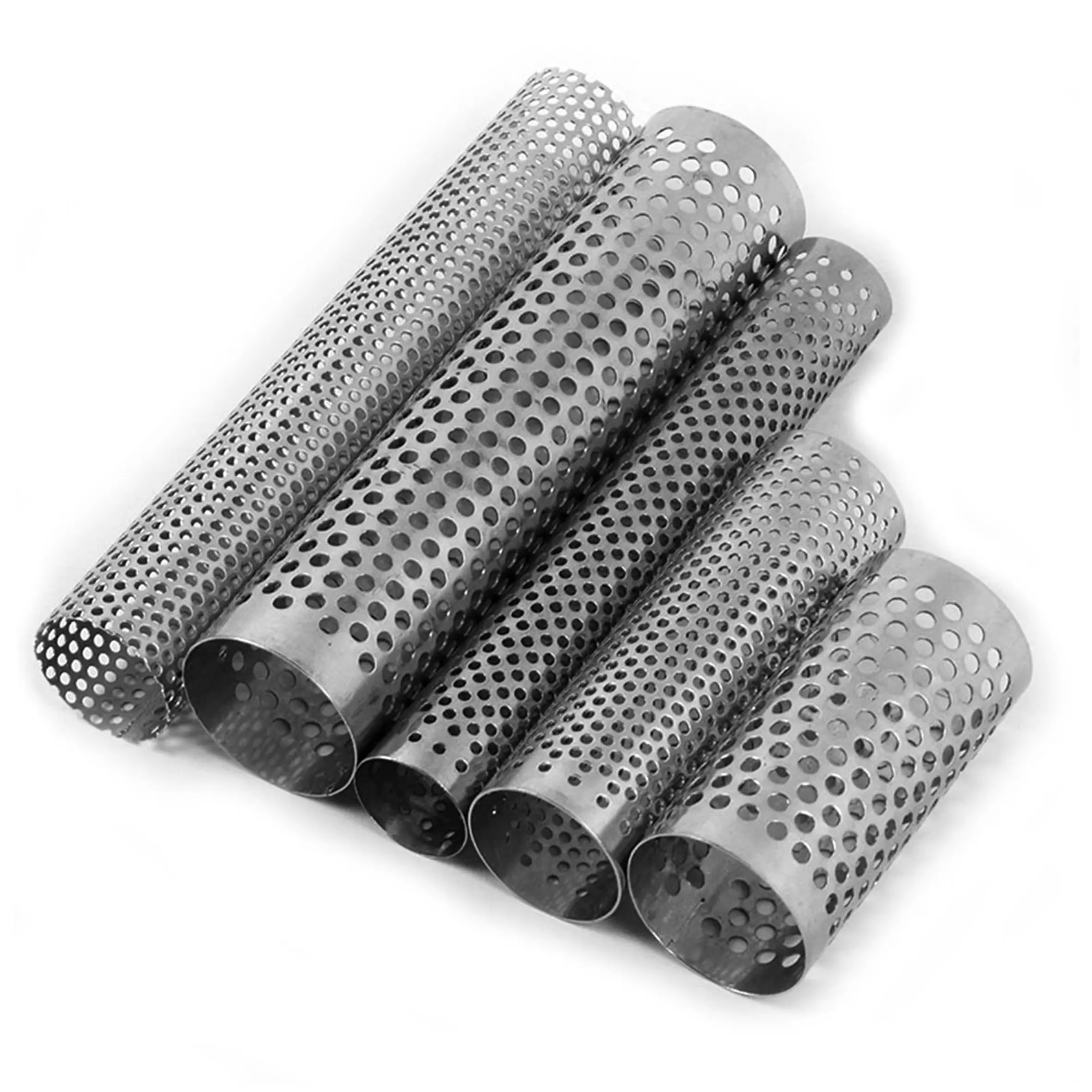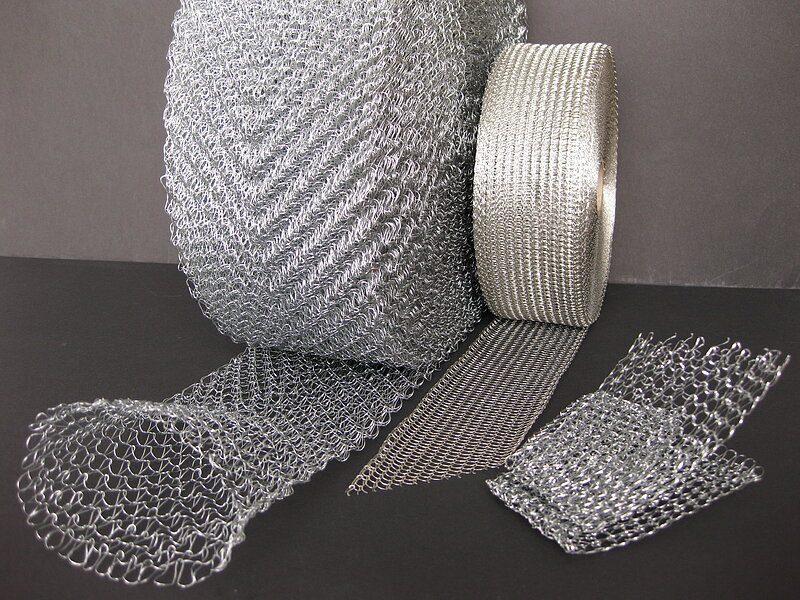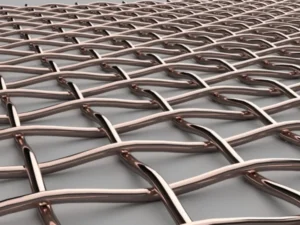Description
Beyond the Basics: Exploring the Versatile World of Processed Wire Mesh
Wire mesh, in its simplest form, is a woven or welded grid of interconnected wires. But the story doesn’t end there. Beyond its raw form, processed wire mesh unlocks a multitude of applications, offering enhanced functionality, durability, and aesthetic appeal. This article delves into the world of processed wire mesh, exploring the common processes, their benefits, and the diverse industries that rely on this versatile material.
From Raw Material to Refined Solution: Understanding Wire Mesh Processing
Processed wire mesh encompasses a range of techniques applied to raw wire mesh to tailor it to specific needs. These processes go beyond simple cutting and include methods that alter the mesh’s physical properties, surface characteristics, and overall functionality. Here are some of the most common wire mesh processing techniques:
- Cutting & Shearing: Precision cutting allows for the creation of specific shapes and sizes from larger mesh sheets. This is fundamental for creating components used in filters, guards, and other custom applications.
- Welding: Welding strengthens the intersection points of the wire mesh, providing increased rigidity and load-bearing capacity. This is particularly crucial for safety barriers, machine guards, and architectural elements.
- Forming & Shaping: Wire mesh can be bent, folded, and formed into various three-dimensional shapes. This allows for the creation of custom enclosures, baskets, trays, and intricate designs.
- Coating & Finishing: Applying protective coatings like powder coating, galvanizing, or plating enhances the wire mesh’s resistance to corrosion, abrasion, and chemicals. This extends its lifespan and widens its applications in harsh environments.
- Annealing: Heat treating wire mesh reduces its hardness and increases its ductility, making it easier to work with and manipulate without cracking or breaking.
- Edge Binding: Applying a reinforcing material around the edges of the mesh prevents fraying, strengthens the perimeter, and provides a smoother, safer finish.
- Crimping & Weaving: These techniques influence the weave pattern and wire thickness, allowing for precise control over aperture sizes, load-bearing capacity, and flexibility.
The Benefits of Processed Wire Mesh
Processing wire mesh offers a spectrum of advantages compared to using raw mesh:
- Enhanced Durability: Coatings and welding significantly improve resistance to wear, tear, and environmental factors, extending the lifespan of the mesh.
- Increased Strength & Rigidity: Welding and reinforced edges boost the structural integrity, making it suitable for demanding applications.
- Customization & Flexibility: Processing allows for the creation of tailored solutions to meet specific dimensions, shapes, and functional requirements.
- Improved Aesthetics: Coatings and finishes enhance the visual appeal, making wire mesh suitable for architectural and decorative applications.
- Enhanced Safety: Edge binding and smooth finishes minimize the risk of injury from sharp edges.
- Optimized Performance: Precise control over aperture size and weave pattern allows for optimized filtration, screening, and ventilation.
Applications Across Diverse Industries
The versatility of processed wire mesh makes it an indispensable material in a wide array of industries:
- Manufacturing: Machine guarding, safety barriers, filtration systems, and conveyor belts.
- Construction: Reinforcement mesh in concrete structures, facade panels, and fencing.
- Food Processing: Screening, filtration, and conveyor systems for food handling and preparation.
- Automotive: Air filters, radiator guards, and interior components.
- Agriculture: Animal enclosures, crop protection, and irrigation filters.
- Architecture & Design: Decorative panels, facades, and partitions.
- Pharmaceutical & Medical: Filtration, sterilization baskets, and surgical implants.
- Mining & Quarrying: Screening, sifting, and separation of materials.
Choosing the Right Processing for Your Needs
Selecting the appropriate processing techniques for your wire mesh depends on the specific application, environmental conditions, and desired performance characteristics. Factors to consider include:
- Material: The type of wire used in the mesh (stainless steel, galvanized steel, aluminum, etc.) influences its properties and suitability for different processes.
- Environment: Exposure to corrosive substances, extreme temperatures, or high humidity necessitates specific coatings and materials.
- Load Requirements: The amount of weight or stress the mesh will endure dictates the need for welding, reinforced edges, and thicker wire gauges.
- Aesthetic Considerations: Choose coatings and finishes that complement the overall design and enhance the visual appeal.
Conclusion
Processed wire mesh is more than just a raw material; it’s a versatile engineering solution capable of addressing a wide range of needs across diverse industries. By understanding the various processing techniques and their benefits, engineers, designers, and manufacturers can leverage this material to create innovative, durable, and aesthetically pleasing solutions that optimize performance and enhance safety. From filtration and screening to safety barriers and architectural elements, the possibilities are endless when you unlock the potential of processed wire mesh.












Reviews
There are no reviews yet.